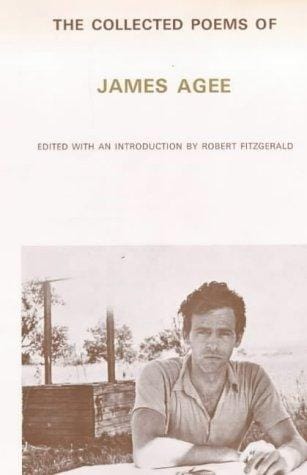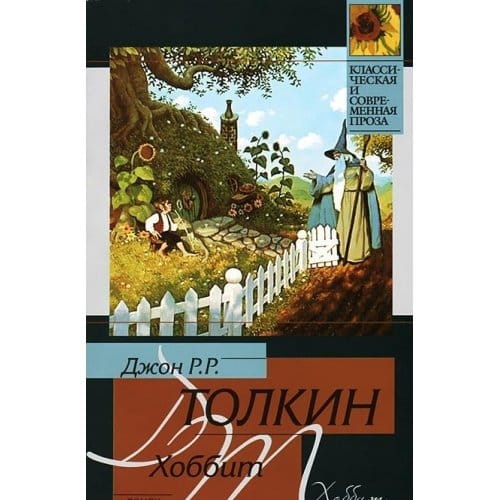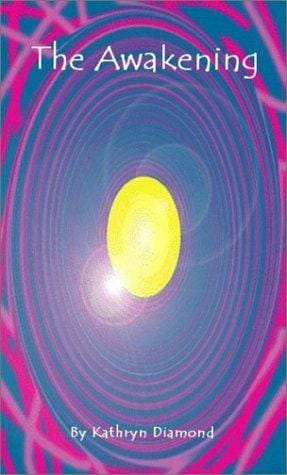Collected Poems: Why Complete Poetry Volumes Matter to Readers
Explore what makes 'Collected Poems' volumes indispensable: history, benefits, iconic examples, buying tips, and reading strategies for poetry lovers.

Introduction: The Allure of Collected Poems
Walk into any well-curated bookstore and you will see at least one thick spine titled simply “Collected Poems.” These hefty volumes gather a poet’s lifetime of work, offering readers a panoramic view of an evolving voice. From students exploring a syllabus to lifelong lovers of verse, collected poems provide an irreplaceable resource that single slim chapbooks cannot match. But what exactly makes these compilations so compelling, and how can you choose the right edition for your shelf? This article dives into the history, benefits, and practicalities of reading and collecting these treasured tomes.
What Defines a Collected Poems Volume?
A collected poems edition typically includes every poem a writer published during their life—and often previously uncollected pieces discovered in letters, journals, and magazines. Unlike a “selected poems,” which offers only highlights, or a “complete poems,” which strives for exhaustive scholarly accuracy, a “collected poems” often balances comprehensiveness with readability. The goal is to trace the poet’s artistic journey without overwhelming the reader with variant drafts and textual minutiae.
Publishers usually arrange the poems chronologically to reveal stylistic shifts, thematic obsessions, and historical context. Footnotes may be minimal, while introductions provide biographical sketches and editorial decisions. The result is a single volume that lets readers watch creativity unfold decade by decade.
Why Collected Poems Matter to Readers
1. A Narrative of Artistic Growth
Reading a poet’s entire body of work is akin to watching a film in high resolution: details pop, and patterns emerge. Early experiments, mid-career masterpieces, and late meditations form a narrative arc. Observing this evolution deepens appreciation and enriches interpretation.
2. Contextual Clarity
Isolated poems can feel abstract, but placed beside sibling pieces from the same year or era, their themes resonate more loudly. Collected editions show how poems converse with each other, respond to world events, and reflect private struggles.
3. Value and Convenience
Instead of chasing rare out-of-print chapbooks, readers can own an affordable omnibus. Scholars save hours of cross-referencing, while casual fans enjoy carrying a single volume to the park or café.
4. Preservation of Literary Heritage
Collected poems safeguard fragile texts against obscurity. Many early pamphlets were printed on cheap paper and have disintegrated. By reissuing them in durable form, publishers keep cultural memory alive.
Iconic Examples You Should Know
Some collected editions have become landmarks in literary history. "Collected Poems of W. B. Yeats" (first published 1933) remains essential for anyone studying modernism. Langston Hughes’s "The Collected Poems" reveals the breadth of the Harlem Renaissance in one sitting. Meanwhile, "Mary Oliver: Devotions," though technically a selected plus new work, functions for many readers as a near-definitive compilation.
For contemporary voices, look to "The Collected Poems of Lucille Clifton 1965–2010," which shows how her deceptively simple language grew more politically charged over time. Similarly, "Collected Poems" by Mark Strand offers a haunting record of surreal imagery stretching nearly half a century.
How to Choose the Right Edition
Multiple collected versions may exist for a single poet, especially canonical figures like Emily Dickinson or Pablo Neruda. When deciding, compare the following:
Editorial Approach
Some editions prioritize scholarly fidelity by including every variant. Others streamline. Read the preface to see which philosophy suits your needs.
Supplementary Material
Annotations, timelines, and photographs enrich understanding. If you are a student or researcher, opt for heavily annotated versions. Casual readers may prefer clean pages.
Physical Design
A sewn binding, acid-free paper, and a legible font matter when tackling 1,000 pages. If possible, handle the book before purchase to ensure comfort.
Tips for Reading Collected Poems Without Overwhelm
Confronted with hundreds of poems, even the most dedicated reader can feel daunted. Try these strategies:
Create a Reading Plan
Set a manageable goal—perhaps one section per week or ten pages per sitting. Consistency beats marathon sessions.
Read Chronologically (Then Experiment)
Starting at the beginning provides context, but once familiar, feel free to hop around. Revisiting early poems after viewing later work offers fresh insights.
Annotate Thoughtfully
Underline striking phrases and note recurring motifs. Over time, you’ll build a dialogue with the poet across the decades.
Pair With Biography
Parallel reading of a concise biography can illuminate cryptic references and situate poems in historical events.
Building Your Own Poetry Library
If collecting is your passion, start with poets who resonate with you emotionally; enthusiasm fuels perseverance. Scout used bookstores, estate sales, and online marketplaces for out-of-print gems. Sign up for publisher newsletters to learn about new critical editions. Remember that collecting is personal—curate shelves that mirror your aesthetic rather than chasing market trends.
The Digital Dimension
E-book versions of collected poems offer portability and search capability. They are excellent for research but can flatten typography and erase line breaks if formatted poorly. Whenever possible, preview digital samples to ensure faithful reproduction of spacing—essential for poetry’s visual rhythm.
Conclusion: An Invitation to Immersion
A collected poems volume is more than an anthology; it is an invitation to inhabit a creative mind across time. Whether you are tracing Sylvia Plath’s sharpened metaphors or savoring Billy Collins’s conversational wit, you will emerge with a richer understanding of both craft and humanity. So next time you see that thick spine on the shelf, accept the invitation—there may be a lifetime of inspiration waiting between those covers.



